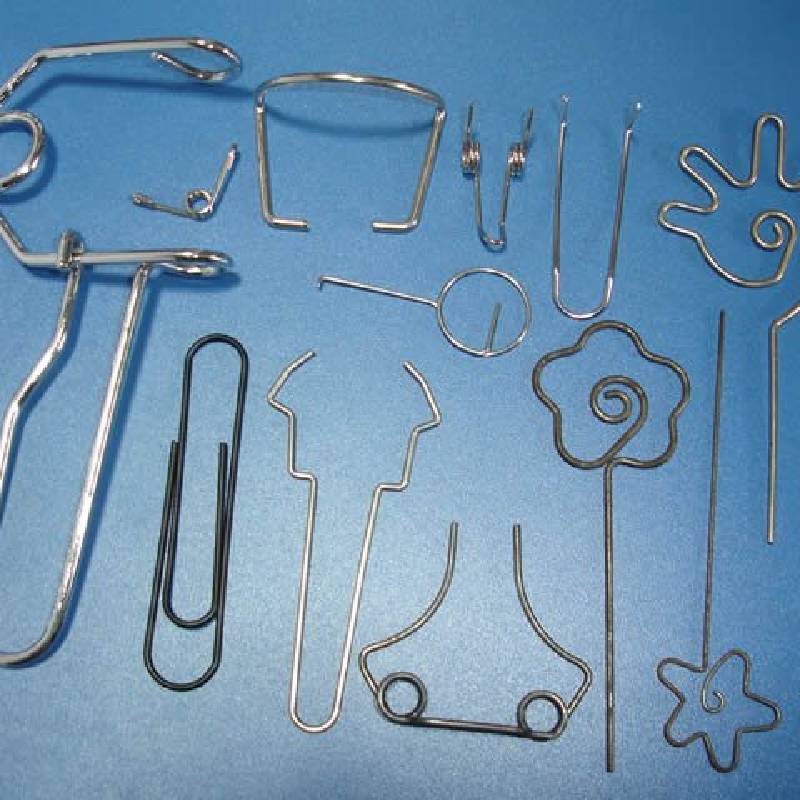
- Mobile Phone
- +8613931874955
- sales@cntcmetal.com
Choosing the Right Lightweight Compression Springs for Your Applications
Understanding Light Compression Springs Design, Application, and Benefits
Light compression springs are essential mechanical components designed to provide resistance to axial loads through compression. Unlike other springs, these springs are specifically crafted for applications requiring lower force resistance, making them ideal for various industries and uses. This article will delve into the design, applications, and advantages of light compression springs while highlighting their crucial role in mechanical assemblies.
Design Characteristics
Light compression springs typically consist of helical coils made from materials such as stainless steel, carbon steel, or specialized alloys. The design of these springs can vary significantly depending on their intended application; however, several key characteristics remain constant
1. Wire Diameter Light compression springs generally utilize thinner wire diameters compared to their heavier counterparts. This design choice reduces the overall weight of the spring, enabling it to fit seamlessly into compact spaces without compromising functionality.
2. Spring Rate The spring rate, measured in pounds per inch (lb/in), indicates the spring's stiffness. Light compression springs have a lower spring rate, which means they can compress more easily when a load is applied. This property allows them to absorb shocks or impacts efficiently.
3. Number of Coils The number of active coils affects the spring's flexibility and range of motion. Light compression springs often feature more active coils, allowing for smoother compression and extension cycles, which is particularly beneficial in systems requiring repeated motion.
4. Ends The design of the ends can also vary. Closed and ground ends are common, providing a flat surface that can help stabilize the spring and improve load distribution. Other shapes cater to specific assembly needs, ensuring that the springs mate effectively with other components.
Applications
Light compression springs find applications across a variety of sectors due to their versatility and reliability. Some common applications include
1. Automotive Industry These springs are used in automotive seating mechanisms, airbag systems, and various suspension parts. They enhance comfort and safety by offering necessary resistance and support.
light compression springs

2. Electronics In electronic devices, light compression springs help in maintaining alignment and providing back pressure in components such as switches and keypads. Their lightweight design is crucial to minimizing the overall weight of portable devices.
3. Medical Devices In the medical field, light compression springs can be found in infusion pumps, diagnostic equipment, and surgical instruments. Their ability to manage small forces makes them ideal for precision applications where reliability is paramount.
4. Consumer Products Everyday items, from pens to toys, frequently incorporate light compression springs. They contribute to the functionality and usability of products that require a spring action, such as click mechanisms and retractable features.
Advantages
The use of light compression springs offers numerous advantages that make them a preferred choice for manufacturers and product designers
1. Space Efficiency Their lightweight and compact design allows for easy integration into tight spaces, making them suitable for modern designs that prioritize minimalism and efficiency.
2. Cost-Effective Light compression springs are often cheaper to produce and install due to their smaller size and lighter materials. This cost-effectiveness makes them an attractive option for mass production.
3. Enhanced Performance Their ability to absorb shocks and vibrations improves the overall performance of machinery and devices. By smoothing out force applications, they contribute to the longevity and reliability of components.
4. Customization Manufacturers often offer customization options for light compression springs, allowing designers to specify dimensions, material types, and load characteristics to meet specific requirements for various applications.
Conclusion
Light compression springs play a pivotal role in numerous applications, offering flexibility, resilience, and reliability. Their unique design characteristics combine to deliver performance tailored to a wide array of industries, from automotive to consumer products. As technology progresses and industries evolve, the demand for efficient, lightweight components like light compression springs is likely to increase, driving innovation and development within the field of mechanical engineering. Embracing the advantages these springs offer will be crucial for engineers and manufacturers seeking to enhance product performance while maintaining cost-effectiveness and efficiency.
share:
-
Why Sacrificial Formwork Is Redefining Underground ConstructionNewsJun.06,2025
-
The Structural Dynamics of Modern Concrete: How Snake Spacers Revolutionize Flexible ReinforcementNewsJun.06,2025
-
Snake Spacers Smart-Lock Concrete Reinforcement with Surgical PrecisionNewsJun.06,2025
-
Snake Spacers: Reinforcement Precision for Modern Concrete ProjectsNewsJun.06,2025
-
Snake Spacers Powering Concrete's Structural DNANewsJun.06,2025
-
Slither into Success: Snake Spacers' Precision Bite for Unbreakable ReinforcementNewsJun.06,2025
-
Sacrificial Formwork: Building Stronger, Faster, and Safer StructuresNewsJun.06,2025



















